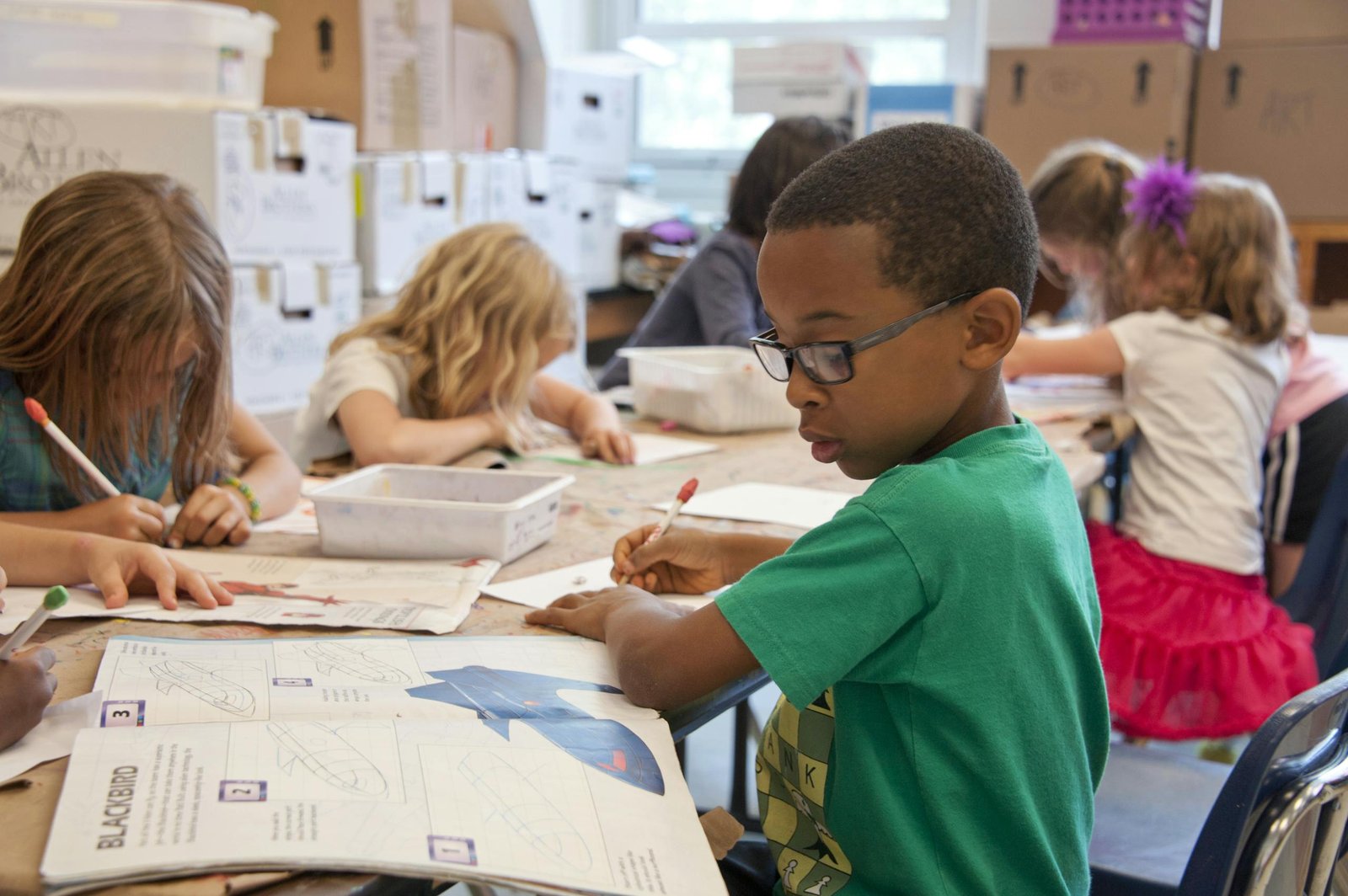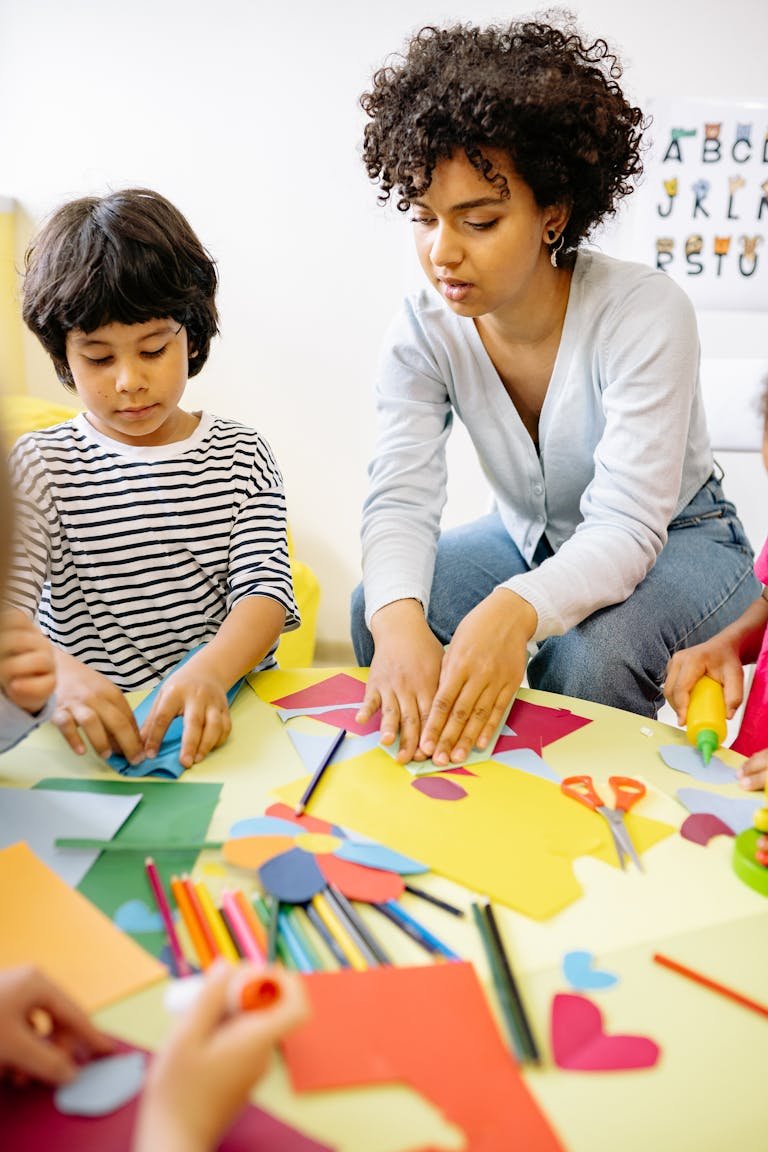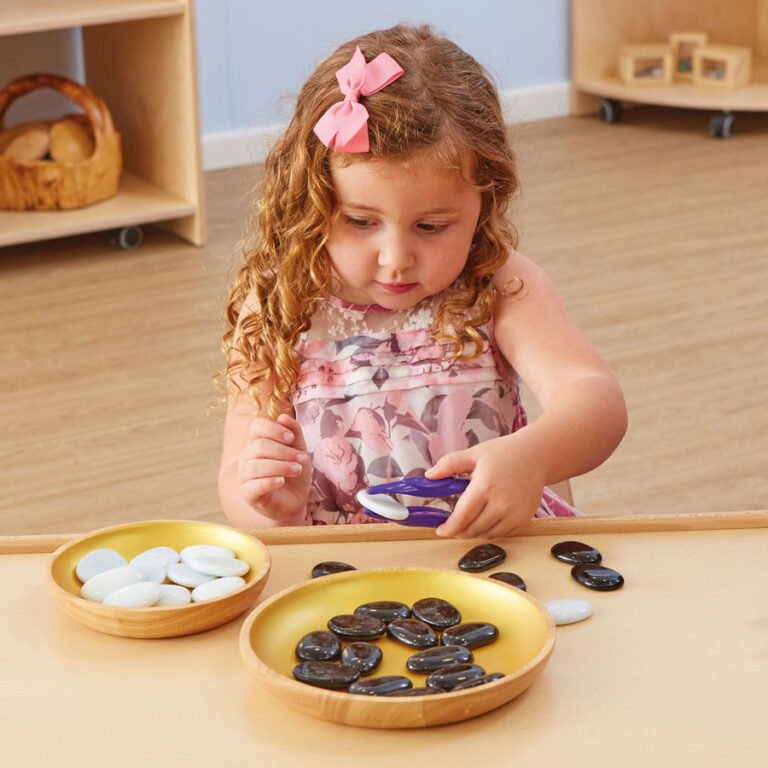
Recently, while reading the book “Io scelgo tutta un’altra scuola” by Marzia Bosoni, I was reflecting on the profound connections that the approaches she describes—such as Montessori and Reggio Emilia—have with my field of work: Applied Behavior Analysis (ABA).
If you are a parent or educator, it is likely that when you hear “ABA,” you think almost exclusively of autism, imagining a highly structured, one-on-one clinical therapy. But that image, though common, is incomplete. It was precisely reading that book and reflecting on these connections that motivated me to write this article.
I want to share a broader truth: ABA is, at its core, the science of learning. As a therapist, I have seen firsthand how understanding behavior opens up a world of possibilities. It is not about changing who a child is, but about giving them the tools they need to succeed. And the good news is that you probably already apply many of these principles, which are also observed in these valuable pedagogical approaches, intuitively. Today we are going to give them a name and see how we can use them consciously to make a real difference.
What Really is Applied Behavior Analysis (ABA)?
Let’s think of ABA as a toolbox for understanding and supporting behavior. It is a scientific approach that offers a methodology for understanding why we do what we do and how the environment influences our learning.
It is based on a very simple idea: the three-term contingency or the “ABC.”
- A – Antecedent: What happened right before the behavior? (e.g., The teacher said, “it’s time to put things away”).
- B – Behavior: What did the child do? (e.g., The child started to put the blocks away).
- C – Consequence: What happened right after? (e.g., The teacher smiled and said, “You’re doing so well, I’m very proud and happy about what a good student you are!”).
By observing these patterns, we can understand what motivates a child and how we can organize the environment to encourage positive behaviors, such as learning to share, following instructions, or trying a new and difficult task.
The Surprising Connection: ABA, Montessori, Reggio Emilia, and Waldorf
Many parents and educators choose philosophies like Montessori, Reggio Emilia, or Waldorf for their child-centered approach, hands-on learning, and carefully prepared environment. I know, sometimes ABA is perceived as a rigid methodology that can clash with these values.
The reality is that ABA and these philosophies share a fundamental common ground: observation and individualization.
ABA and Montessori
- Prepared Environment: Both ABA and Montessori believe that the environment is a teacher. In Montessori, materials are organized to be self-correcting. From an ABA perspective, this is a brilliant antecedent design that guides the child toward success.
- Task Analysis: Montessori activities are presented with a logical sequence of steps. This is, in essence, a task analysis. ABA simply gives us a language to describe and adapt that process if a child needs more support.
ABA and Reggio Emilia
- The Child as the Protagonist: The Reggio Emilia approach is based on following the child’s interests. Educators observe and use those interests as a springboard for learning.
- Observation is Key: From an ABA perspective, a child’s “interests” are powerful reinforcers. If a child is fascinated with dinosaurs, dinosaurs can be used to teach counting, identifying colors, or social skills. Both approaches use observation to personalize teaching.
ABA and Waldorf
- Rhythm and Predictability: Waldorf education places great emphasis on daily and weekly rhythm. This predictability creates a safe environment. From an ABA perspective, a predictable rhythm is a powerful antecedent strategy that helps children understand what is expected of them, reducing anxiety.
- Learning Through Doing: Waldorf values practical and artistic learning. In ABA, this aligns with teaching functional skills in natural contexts. The completion of a task (a baked loaf of bread, a woven scarf) is a natural and tangible reinforcer.
- Imagination as a Reinforcer: Stories, songs, and imaginative play, central to Waldorf, are incredibly potent reinforcers from an ABA perspective. An educator can use a song to facilitate a routine or a story to teach a social skill.
ABA does not replace these philosophies; it complements them. It provides a framework for measuring progress and for knowing what to do when a child gets stuck, always respecting the holistic approach of each pedagogy, whether it be the prepared environment of Montessori, the child’s leading role in Reggio Emilia, or the rhythm and imagination of Waldorf.
A Unified Approach for Every Child’s Success
Integrating the principles of ABA into early childhood education does not mean turning the classroom into a clinic. It means being more intentional.
By combining the warmth and respect of approaches like Montessori, Reggio Emilia, and Waldorf with the clarity and effectiveness of ABA techniques, we create a truly powerful and adaptable learning environment, one that celebrates individuality and offers every child the power to become an independent, happy, and complete individual.





